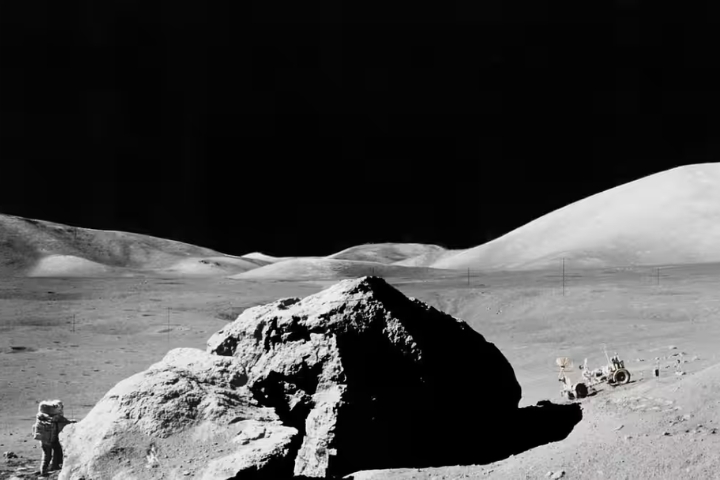NASA is developing a groundbreaking plan to create habitable structures on the Moon using a process known as mycotecture, which involves growing houses from fungus. This innovative approach is expected to reduce costs and offer a sustainable solution for long-term lunar colonisation, laying the foundation for deeper space exploration, particularly Mars.
Why Fungus?
NASA’s goal is to establish human presence on the Moon, using it as a base for future space missions.
However, sending traditional construction materials like bricks or steel to the Moon is not only expensive but also impractical, given the harsh lunar environment.
NASA’s solution is to use fungal spores, combined with algae and water, to grow structures directly on the Moon
The idea behind using fungus is both cost-effective and efficient. According to experts, it’s significantly cheaper to send fungal spores, algae, and water to the Moon compared to traditional building materials.
Mycotecture, a method developed in collaboration with architecture firm Redhouse, allows for the creation of structures that can withstand dangerous space elements, such as radiation and micrometeorites.
NASA’s research shows that just eight centimetres of fungus material can block over 99% of harmful radiation, offering better protection than lunar dust.
Future Mars Colonisation
NASA’s lunar project is seen as a stepping stone to future Mars colonisation.
The agency plans to test small-scale models of these fungal structures on the Moon by 2028.
These homes will act as a prototype for similar habitats on Mars, providing astronauts with safe environments to live and conduct experiments.
The success of this innovative approach could be a game-changer in humanity’s quest to explore the universe, offering not only a solution to the challenges of space colonisation but also pushing the boundaries of sustainable architecture




GIPHY App Key not set. Please check settings